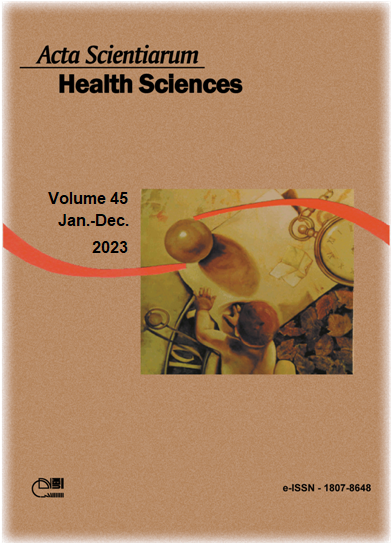Evaluation of the RT-LAMP/CRISPR-Cas12 diagnostic method for SARS-COV-2
Résumé
Brazil is one of the countries that least performs detection tests for SARS-COV-2, even though diagnosing cases is the most effective way to control epidemics, which is crucial to guide public policies. From this perspective, this study aimed to evaluate the RT-LAMP/CRISPR-Cas12 detection method using synthetic and natural SARS-COV-2 sequences. A total of 84 reactions of RT-LAMP/CRISPR-Cas12 resulted in the colorimetric results: 55 reactions turned pink, 18 turned orange, and 11 turned yellow. This result showed that, in the RT-LAMP colorimetric criterion, most reactions (65.4%) were classified as negative, followed by inconclusive (21.4%), and a minority (13%) was classified as positive. The colorimetric results showed instabilities such as reaction sensitivity to heating and ambient temperatures at the reaction preparation site. The use of CRISPR/Cas12 proved unnecessary in this experiment and for the RT-LAMP methodology since its reagent is used only for the detection mix and for lateral flow strip analysis. The flow/detection strips in this experiment were ineffective for a retest as they were dependent on the Reporter reagent solution, and their result was not validated with the presence or absence of genetic material.
Téléchargements
DECLARAÇÃO DE ORIGINALIDADE E DIREITOS AUTORAIS
Declaro que o presente artigo é original, não tendo sido submetido à publicação em qualquer outro periódico nacional ou internacional, quer seja em parte ou em sua totalidade.
Os direitos autorais pertencem exclusivamente aos autores. Os direitos de licenciamento utilizados pelo periódico é a licença Creative Commons Attribution 4.0 (CC BY 4.0): são permitidos o acompartilhamento (cópia e distribuição do material em qualqer meio ou formato) e adaptação (remix, transformação e criação de material a partir do conteúdo assim licenciado para quaisquer fins, inclusive comerciais.
Recomenda-se a leitura desse link para maiores informações sobre o tema: fornecimento de créditos e referências de forma correta, entre outros detalhes cruciais para uso adequado do material licenciado.























5.png)







